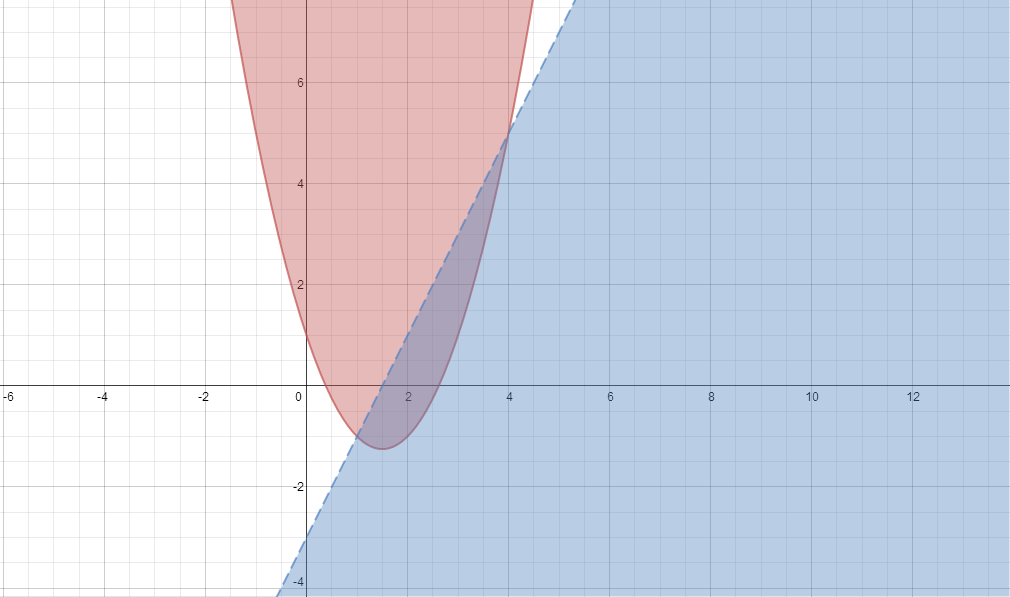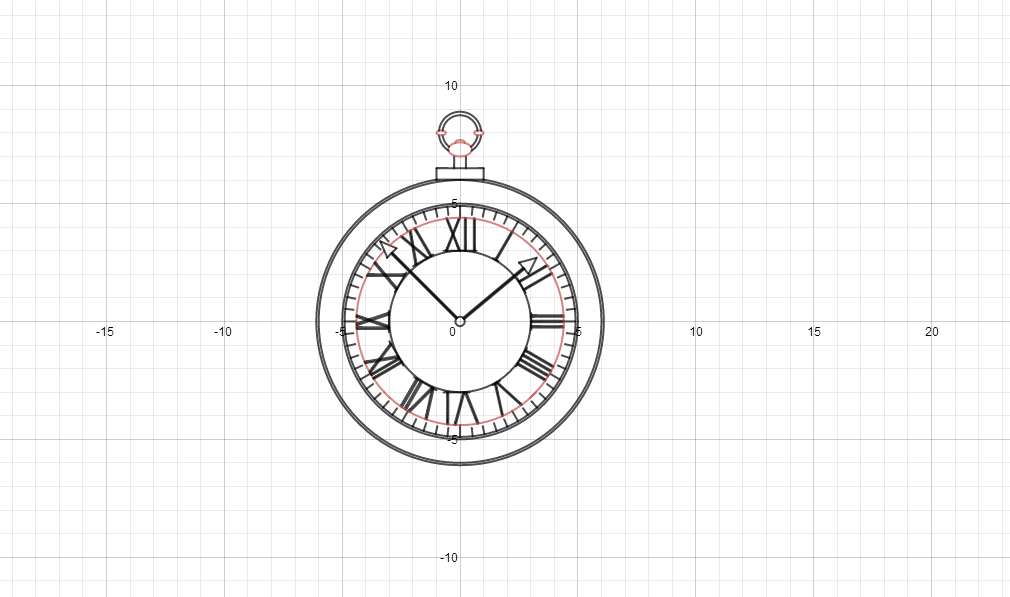"Grit is passion and perseverance for very long term goals. Grit is having stamina. Grit is sticking with your future... and working really hard to make it a reality." Duckworth
But how do I build Grit in students? Duckworth suggests developing a Growth Mindset (Dweck) and make them understand it is okay to fail. Dweck talks about the brain 'growing' or making connections when misconceptions are corrected (with a Growth Mindset).
Teaching strategies I have used this year:
Model this myself - when I make a mistake and a student notices and corrects me, I award them a house point and thank them for pointing it out to me. This can often lead to a quick discussion about checking answers etc.
Use incorrect answers - when a pupil makes a mistake I use positive curiosity. I get them to explain their mistake and then talk about how useful or interesting their mistake was for the rest of the class and for me. Mistakes are fine as long as we learn from them.
Pause - I've tried very hard to make sure I give pupils time to think about their answers. With some their may be an awkward long silence (eventually they do provide an answer). If they require prompting, I try to give them the minimum possible prompt. I never let them get away with not answering and sometimes ask them to simply make an educated guess. I have found this to be a very effective strategy to keep all engaged and raise expectations of all pupils.
Poor test result - discuss with class/pupil the correct response to a bad result immediately after being given it. E.g. rather than getting frustrated and wanting to tear it to pieces, write corrections and use it to help development and chat with me at the end of the lesson if you still don't understand.
Life isn't easy - if it was it would be very dull. Imagine you got everything your own way. Every shot on goal you scored. You could instantly play any instrument perfectly. You knew everything. Where's the challenge? Where's the fun in that? My subject, mathematics, is hard, but that's the challenge, that's the fun. I explain to my class that I enjoy doing puzzles (e.g. Sudoku) in my spare time. I also love really hard maths questions and explain how, last week, with a particular A-level question I was stuck on it for a couple of hours. The longest I've spent mulling over a particular problem is several weeks or even months. Warning - some minds are blown at this stage!
I have no evidence to suggest any of the above strategies actually work. However, if we want pupils to have grit, determination and a growth mindset - I believe the most important thing we can do is model this behaviour ourselves and make this explicit to the children we teach.






